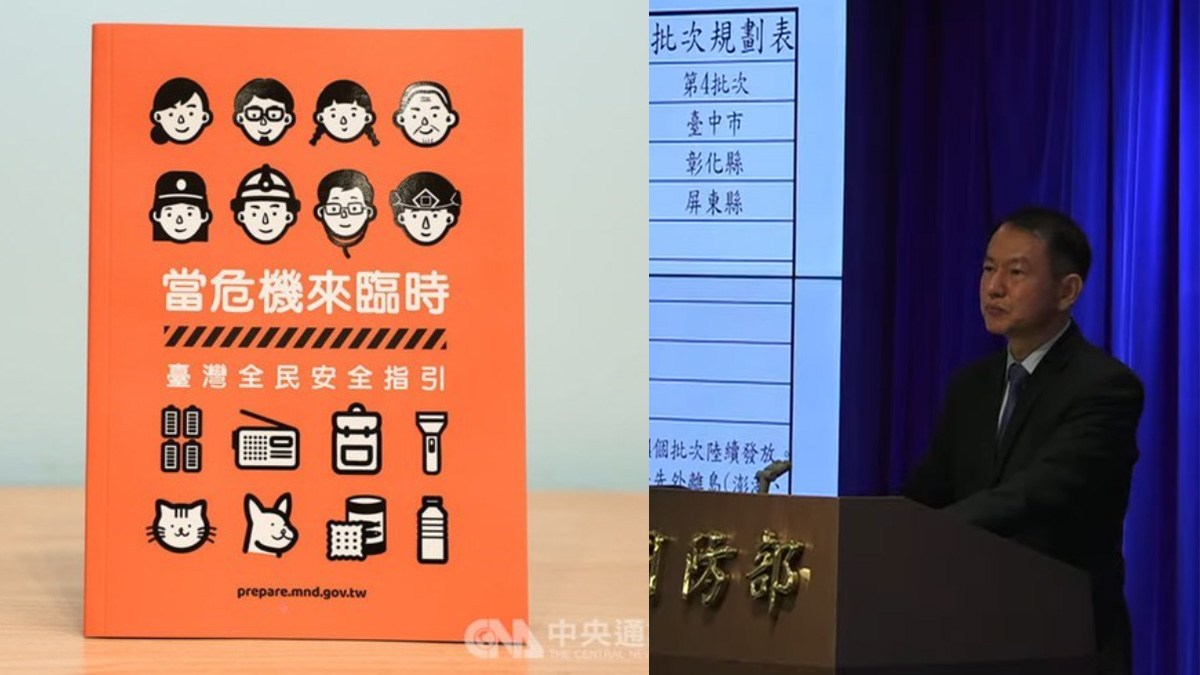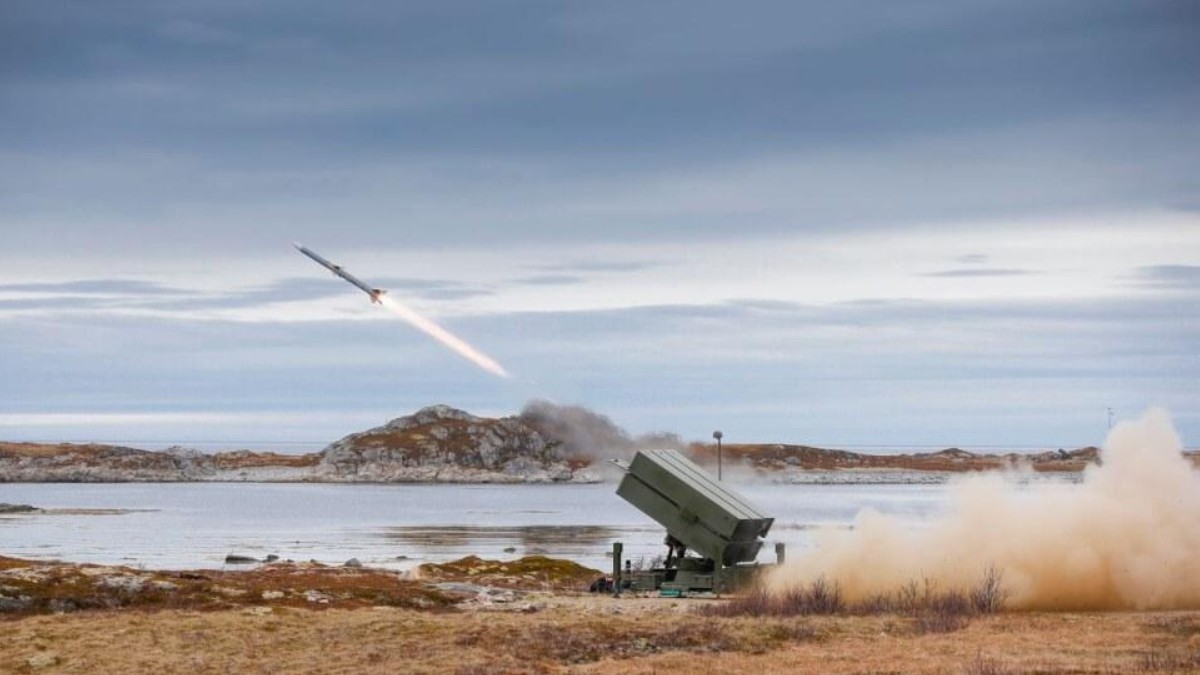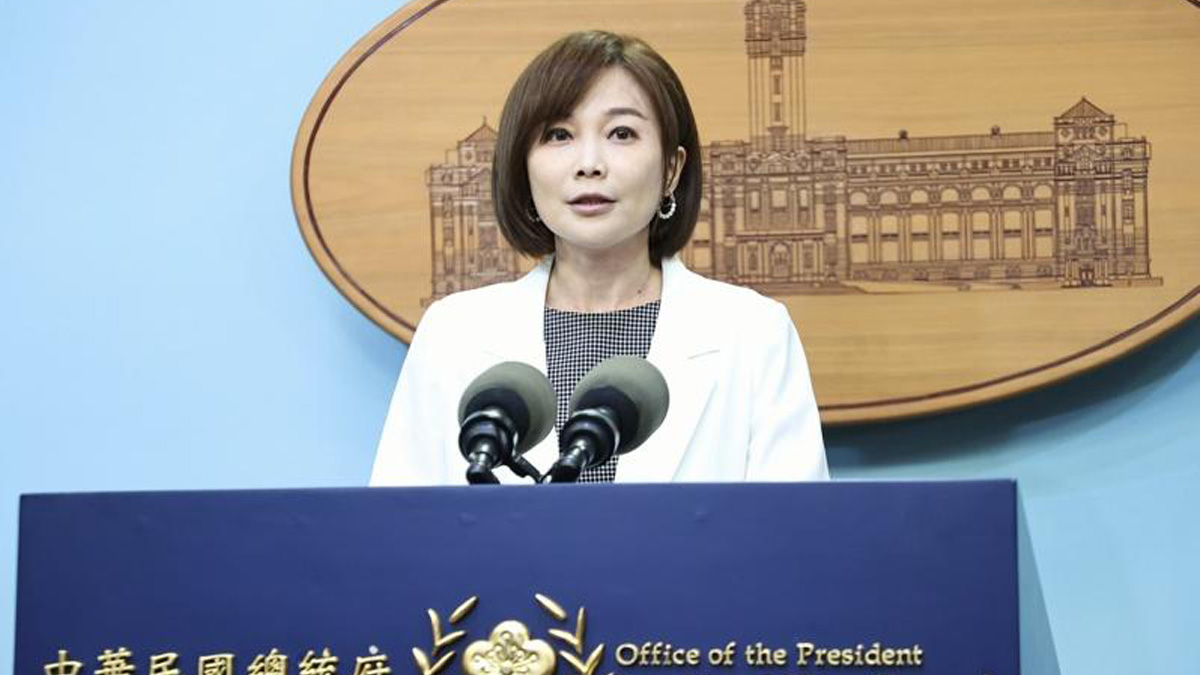US warns China could blockade Taiwan within hours amid rising military pressure
A US congressional report has warned that China could initiate a military blockade of Taiwan with little warning, as Beijing’s military modernisation and near-daily operations drastically shorten response windows for Taiwan and its partners.

- The PLA is now capable of imposing a blockade on Taiwan within hours, US officials say.
- China’s military activities and technological advances drastically reduce US and Taiwan's response time.
- Taiwan faces increasing grey-zone threats, propaganda, and cyberattacks, but continues to build resilience.
China’s ability to launch a military blockade or assault on Taiwan with minimal preparation has increased significantly, according to the 2025 annual report by the US-China Economic and Security Review Commission.
Released on 19 November, the report states that officials from the US and Taiwan believe the People’s Liberation Army (PLA) could implement a blockade in “a matter of hours,” needing only “minimal conversion time” before launching an attack.
Although there is currently no sign of an imminent invasion, the report warns that the US and its partners “can no longer assume that a Taiwan contingency is a distant possibility.” The report devotes an extensive 49-page chapter to Taiwan, underscoring its strategic importance.
The PLA has increased its pressure campaign through near-daily air and naval operations. As of 10 October 2025, there were 3,056 incursions into Taiwan’s air defence identification zone (ADIZ)—a 33 percent increase from 2024 figures.
Commission Vice Chair Randy Schriver highlighted new capabilities including the world’s largest amphibious assault ship, self-propelled landing barges, and hypersonic missiles designed to counter US forces.
The report also details a 300 percent increase in PLA military pressure in 2024, citing testimony by Admiral Samuel Paparo, Commander of the US Indo-Pacific Command.
It warns that the PLA’s unannounced exercises are aimed at “normalising military activity” around Taiwan. This would make it difficult for Taiwan or the US to distinguish between a drill and an actual attack, reducing reaction time significantly.
Beijing’s strategy includes a mix of coercion and influence. While Chinese officials publicly advocate peaceful reunification, domestic rhetoric has grown more belligerent. Chinese-language statements have even suggested violence against so-called “Taiwanese separatists”.
Meanwhile, Beijing continues to target Taiwan with economic pressure, cyberattacks, and information warfare. Espionage cases linked to China have surged, and state-backed campaigns have exploited social media to sow divisions within Taiwanese society.
The report notes several incidents in which Chinese-linked vessels sabotaged undersea cables critical to Taiwan’s communications, including a February 2025 case that disrupted links between Taiwan and the outlying island of Penghu.
Despite the threats, Taiwan’s economy remains robust. The report notes that Taiwan's exports to the US overtook those to China in 2024 for the first time in over two decades. The US is now among Taiwan’s top trading partners.
Taiwan Semiconductor Manufacturing Company (TSMC), a key node in the global semiconductor supply chain, has not been directly targeted by Beijing, reflecting the limits of China’s pressure campaign.
Taiwan has also bolstered its self-defence efforts. President William Lai’s administration has increased military spending, accelerated asymmetric warfare capabilities, and launched a “whole-of-society” resilience initiative. Measures include a significant drone procurement programme and infrastructure to counter undersea sabotage.
However, domestic political divisions between Lai’s Democratic Progressive Party (DPP) and the opposition Kuomintang (KMT) have delayed some defence initiatives. The KMT-controlled legislature cut and froze portions of the 2025 defence budget, including submarine and drone projects.
Opinion polling from 2025 shows broad Taiwanese opposition to unification with China and willingness to resist an invasion. While only 6.4 percent support eventual unification, over 60 percent are willing to fight at all costs.
Analysts continue to cite 2027, 2035, and 2049 as potential flashpoints, aligned with key Chinese political anniversaries and PLA modernisation goals. However, the report confirms that no official deadline has been declared by Beijing.
Chinese President Xi Jinping has denied setting a timetable for reunification but has said the issue should not be “passed down generation after generation,” suggesting a desire to resolve it during his leadership.
Cyber and cognitive warfare remain central to Beijing’s strategy. In 2025, Taiwan's government recorded more than 2.2 million cyberattacks per day, mostly attributed to China. These attacks aim to destabilise trust in government and undermine faith in US support.
In response, Taiwan has introduced measures to enhance digital resilience, including satellite and microwave backups for internet connectivity and stricter monitoring of suspicious vessels.
Taiwan has also resisted efforts by Beijing to influence domestic politics through youth exchange programmes and cross-Strait initiatives that promote Chinese narratives.
The US has strengthened its support for Taiwan, with expanded defence cooperation, weapons sales, and military training. A backlog in US arms deliveries persists, but steps such as drawdown authorities and tabletop exercises aim to improve preparedness.
A shift in US diplomatic language, removing the line “does not support Taiwan independence” from its factsheet, was welcomed by Taipei and criticised by Beijing. G7 statements have similarly avoided reaffirming the “One China” policy.
Despite these escalations, the report concludes that Beijing remains cautious, limiting its punitive actions to avoid self-inflicted economic damage. The PLA’s preparation for a potential assault continues, but the cost of such action—both militarily and economically—remains high.







0 Comments